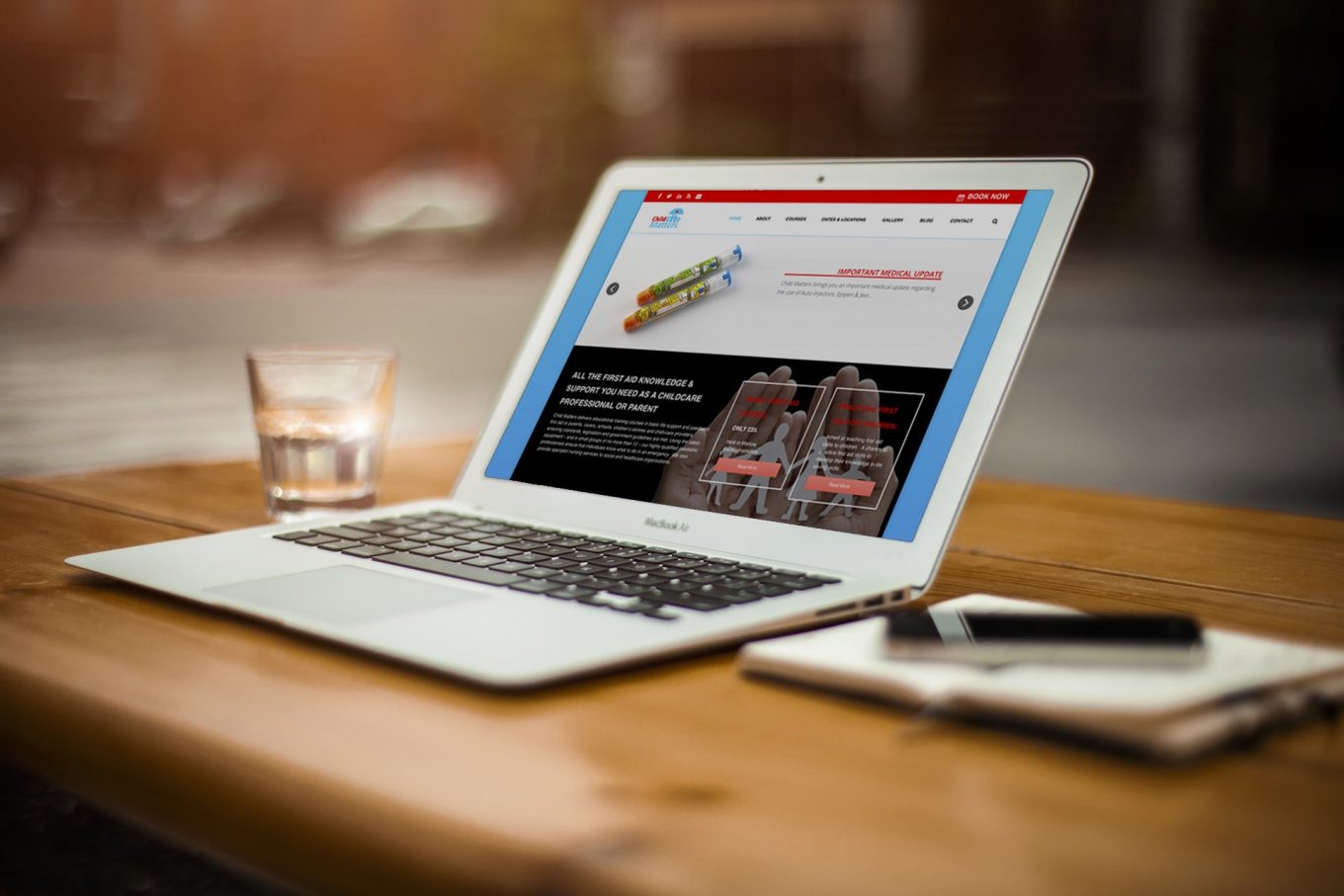Inventory gets a bad rap. It’s almost as if it gets blamed for everything that can go wrong. The hardest thing for a small business owner to realize is that it’s not the inventory itself, but in a lot of cases the stock keeping practices that allow inventory to get out of control, leading to shrinkage, haphazard ordering practices, and dead inventory.
If You’re In a Hole, Stop Digging
Take a deep breath and step back. This is fixable. Whether you have a little problem or a big one, the best time to get on it is now. Don’t cancel your incoming orders, but do start taking positive steps toward getting your practices in shape. Shrinkage due to theft is a $13 billion dollar a year drain, according to the National Association for Shoplifting prevention, and it’s a problem that can wither even the healthiest small business. It’s time to modernize your stockroom, and in doing so bring your storefront and your back office along for the ride. Your front of store, your office, and your stockroom are all intertwined, so it’s time to stop treating them like separate entities. The first step to doing this is to bring in a point of sale system for the showroom, barcoding equipment, and compatible accounting software for your back office.
Yes, You Can Afford It
More to the point, you can’t afford not to have it. When you’re talking about inventory, you are talking about piles of money. So when you invest some of the spendable cash to inventory the tied up cash, you’re actually going to be able to see just what you have on hand. Honestly, a small tablet based POS runs about $500, plus the cost of a tablet; a simple barcode printer and scanner adds around $300. So you’re probably looking at a starting price tag of around $1,300 to $1,500 – less if you already have a POS system in place instead of a cash register. If you have a retail location and a website with a service like Shopify, check with your eCommerce platform provider, as they often have POS systems and barcoding equipment for sale. It’s even better if you have a reliable system in place like Lightspeed’s POS system, as it allows you to keep track of what you have and what you need, with minimal effort needed.
And Why You Should
Putting an information system in place can reduce or stop shrinkage due to theft, according to the Houston Chronicle, and help to increase profitability without necessarily increasing sales. In short, stopping up the leaks in the boat will prevent the boat from sinking. Loss is not just having ghost merchandise on the books, but according to Logistics Management, the overhead costs of storing and servicing that immobile pile of money costs money, too. Here are five very good reasons to implement this change now:
- You will know what you have, where it is, how much you paid for it, and how much it should sell for.
- You will drastically cut down on shrinkage due to shoplifting, employee theft, and human error in data entry.
- You will be able to order more accurately, enter received items into stock more quickly, put them on the shelves faster, and get them into your customers’ hands with less effort.
- You will have on the dot sales reports, be able to check ordering history, track individual customer purchases, and know what your employees are doing and when they are doing it,
- Your point of sale system at the cash wrap in the showroom, your checkout on the website, the receiving and stockroom, and accounting functions can all be integrated, saving steps, time, and money.
Getting a Move On
Getting started is going to be the hardest part, but once you have all your hardware and software in place, you’re ready to go.
- Make a master list of all your items in stock, their location, and description of those items.
- Add information about the originating vendor, the purchase cost per unit, and minimum stock levels.
- Create, print, and label all inventory items with barcode stickers or tags.
- After everything is labeled, go through the shop and stockroom and scan each item into inventory, then put a peel and stick label on the item location to show that it has been inventoried. Have the staff member who did the inventory initial and date the sticker, so you will know who was doing what section.
- Reconcile the inventory you just completed with what you thought you actually had.
This can be a tedious – and sometimes painful – process, especially when you discover that your rate of shrinkage is much more than you thought it could be. In that case, it’s time to investigate what’s been going where, and to take steps to plug the leaks. At the end of it, you will have a functioning live inventory system that should keep your business sailing leak free and ship shape for years to come.

IntelligentHQ Your New Business Network.
IntelligentHQ is a Business network and an expert source for finance, capital markets and intelligence for thousands of global business professionals, startups, and companies.
We exist at the point of intersection between technology, social media, finance and innovation.
IntelligentHQ leverages innovation and scale of social digital technology, analytics, news and distribution to create an unparalleled, full digital medium and social business network spectrum.
IntelligentHQ is working hard, to become a trusted, and indispensable source of business news and analytics, within financial services and its associated supply chains and ecosystems.


























